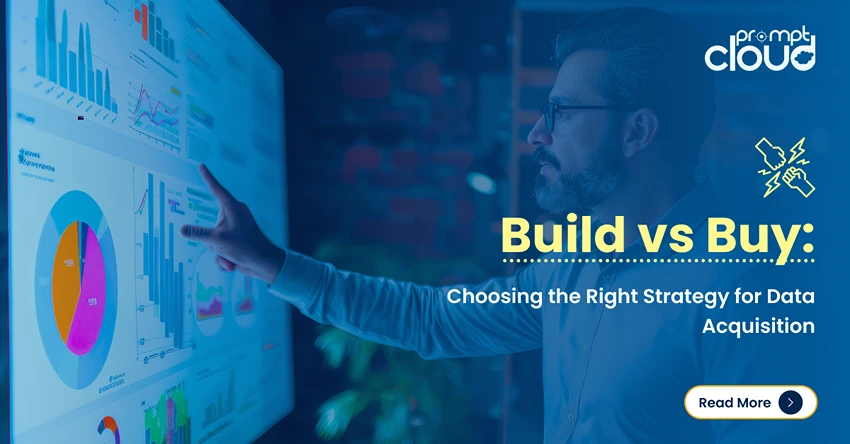This is our present political social life: we don’t just create political strife for ourselves; we seem to revel in it. When we look back on the role that sites like Twitter have played in our national political discourse during election season, it would be easy to spend most of our time examining Donald Trump’s effect on these media, particularly Twitter. It’s been well-documented; Trump may very well have the most combative online presence of any candidate for president in modern history. Why? Well, because you either love him or hate him. There are no grey areas here. Let us take a look at how the Sentiment Analysis of Twitter helps with the US Presidential Election trends.
But underneath that glaring and obvious conclusion, there’s a deeper story about how the very DNA of Twitter and the way people use it has trickled up through our political discourse and affected all of us, almost forcing us to wallow in the divisive waters of our online conversation. Or revel. It does bring a false sense of purpose, after all.
So, is Twitter where the latest by-poll election takes place? Public trial? If so, how can we harness this sentiment analysis?
But before we dive into that. What really is sentiment analysis? Fairly self-explanatory.
But Sentiment Analysis Of Twitter?
In the simplest of terms, it does exactly what it says. The algorithm scours through millions of tweets and draws out the public ‘sentiment’ towards it. Amazon burning to ashes? Public sentiment: resounding and unanimous dissent. Is Trump getting re-elected? Public sentiment: you’d be surprised at the abyss of division.
There is, in fact, a gamut of features at one’s disposal: polls, photos, video, moments, and more. Twitter has democratized the political conversation, helping give everyone a voice, and that’s a good thing. It makes for beautiful sentiment analysis: data that is authentic and unadulterated.
Inferences Drawn From Sentiment Analysis
Remember when your pregnant friend announced on Facebook that she is expecting: she was bombarded with ads for baby products. The algorithm didn’t just target these ads to her on the basis of a singular post. That post was more of a closing statement. They probably knew it before she did. They’ve been tracking her relationship which culminated in a marriage. That is sentiment analysis for you.
The public reaction to tweets by US presidential candidates, their own political leanings subtly displayed through ‘likes’ and ‘shares’, and more – there have been legitimate studies where people could be predicted as Republican or Democrat based on their tweets. That is a Twitter sentiment analysis for you.
Twitter 2016: The Campaign Maker And The Campaign Breaker
One particular exchange between Hillary Clinton and Jeb Bush illustrates this new political reality on Twitter. It was an exchange nearing petty; these two candidates were trolling each other. But for the most part, it seemed totally normal in a campaign season like this one, and in the digital age in which we live. Established political figures like Bush and Clinton (or at least their young staffers) had co-opted the language of social media and mastered the formats, with all the snarky back and forth that come along with it, and with an extra incentive to adopt some of the meanness exhibited online.
Almost reinforcing the sense of polarization in the atmosphere. This is the thing sentiment analysis algorithms thrive on. Absolute divisiveness.
There is power in numbers, or so the saying goes. But statistics mean different things to different people. Take Donald Trump and Hillary Clinton in 2016, for example.
The only place you heard that Donald Trump honestly is losing is in the media or these by-polls. You did not see it with the crowd rallies, you did not see it on social media — where Donald Trump is two to three times more popular than Hillary Clinton on every social media platform.
He himself has echoed this argument to champion his cause and shut up the naysayers. During the first presidential debate, he touted a 30-million strong Facebook and Twitter following as a sign of mainstream popularity not reflected elsewhere.
The Clinton campaign, meanwhile, relied on traditional polls as evidence of her success.
The Future
All these numbers—social media followings, polls, or statistics — are only as viable as the tools used to get to them. Hence the need for a premium sentiment analysis tool becomes paramount.
In this year’s presidential election, the size, strategy, and potential effects of social automation are unprecedented. Twitter has been set on fire by staunch Trump or Biden supporters.
It is fashionable among futurists and technocratic utopians to be poetic about robot butlers, self-driving cars, and the internet as a democratizing tool. And it is certainly true that social media and other digital tools can enhance the election process.
Harness the power of conversation and harness the power of technology. Data obtained through sentiment analysis trumps (pun absolutely unintended!) data obtained from any other source.
People have spoken.
We think you might enjoy reading How to Analyze Twitter for US Presidential Election Trends just as much.



















